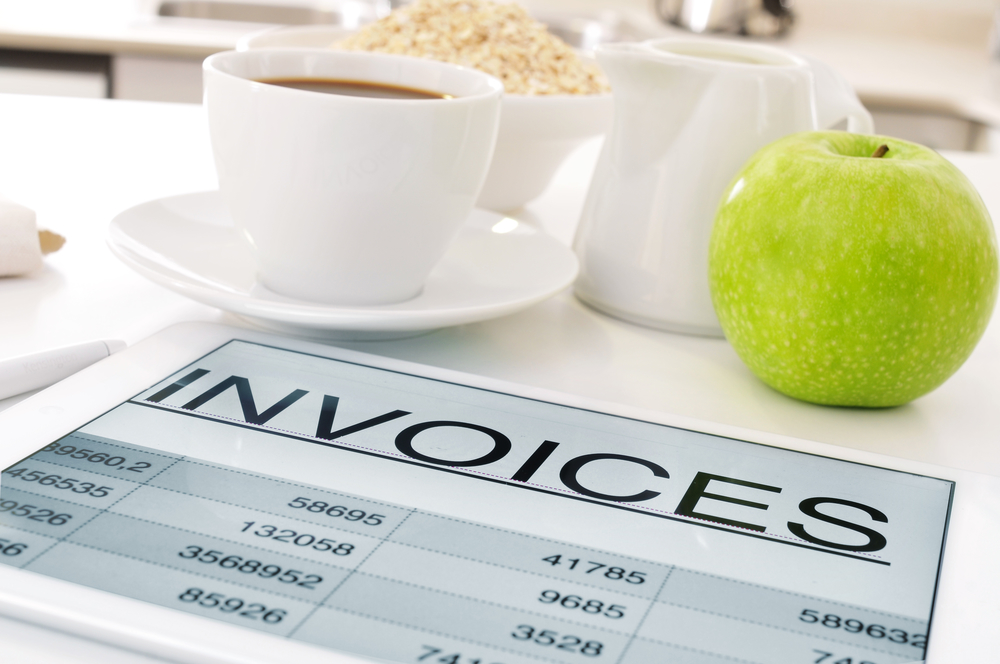Google Sheets has quickly become one of the most useful online tools for productivity. While it’s categorized as a spreadsheet tool, it’s a lot more than that.
Due to its collaboration features, it can easily be used for client management or project management tool.
One category of people who have really benefitted from Google Sheets is freelancers.
Since it comes free with a Google account, there is no cost in setting it up. Also, it looks and feels a lot less complicated when compared with the big daddy of spreadsheets – Microsoft Excel.
In this article, I will talk about several ways freelancers can use Google Sheets to be more productive in their work.
Contents
1. Organizing Different Clients
If you’re a freelancer who picks ups short project, keeping a tab of your current projects and clients may feel a bit overwhelming.
Google Sheets can easily help you in keeping organized records of all your projects and clients. You can record details such as client name, project details, project start and due date, date of next check-in/follow-up, etc.
Having a single page overview will quickly give you a sense of what needs to be taken care of among all your projects.
If you have multiple projects from clients, you can also create a separate tab for each client and track all their projects in one tab.
2. Keeping Track of Income and Expenses
Just like many other freelancers, there is a high chance that you’re using a lot of online tools and subscriptions.
For example, if you’re a writer, you might be using Grammarly or Hemmingway App. Adobe Photoshop or Illustrator if you’re a designer.
You can easily keep a tab on these expenses in Google Sheets. This will allow you to know exactly how much you need to spend every month to keep using these tools.
Similarly, you can also keep a record of the income you generate from your freelance work.
3. Track Number of Hours Per Project
While most of the freelance work usually involves a fixed fee, it still helps to track the number of hours you spend on each project. This will eventually help you in being more productive and also make you aware of the per hour income in a specific project.
This could come in handy in choosing high income per hour kind of projects.
Another useful way you can use this is to track non-billable hours. That will help you in identifying tasks that are taking up your time but are not leading to any income. You can then try and cut down on these, or if possible, outsource it.
4. Managing Team Members or VAs
If you work with other team members, or you in-turn hire freelancers or Virtual Assistants on your projects, you can use Google Sheets to manage these.
Google Sheets allows you to collaborate by granting access to other members of your team. For example, you can create a new task for you VA and enter a note in it marking your VAs email address. This will instantly send a mail to your VA about the new task.
Once the task is done, the VA can come and update the status in the spreadsheet.
In case you’re working with multiple VAs, you can grant a specific VA the rights to edit a specific cell or record. This will make sure your data is intact, and others can’t mess with the data that’s not related to them.
5. Creating Templates for Regular Repetitive Work
Creating and using Templates can help you when you need to get the repetitive tasks done.
For example, if you need to send an invoice to your client, you can easily create an invoice template in Google Sheets. Now, whenever you need to send a copy to a client, all you need to do is fill the details and convert it into a PDF or take a screenshot of it.
6. Create a List of User Ids and Passwords
While it’s not recommended to keep your passwords in a spreadsheet, with so many online tools and services, you can easily get frustrated by searching for the password or resetting it again and again.
With Google Sheets, you can save passwords of such not-so-important tools/services at one place. This can prove to a big time-saver in the long run.
Additionally, it helps in keeping track of all the tools that you’re using, and in some cases, paying a monthly/annual subscription charge as well.
7. Maintain a List of Client Files/Work Done So Far
Being a freelancer, you may often feel a need to refer to some other work you did months ago.
You can make use of Google Drive and create a folder and save a client work in that folder. Now you can keep a list of all these folder links in Google Sheets.
The next time you feel the need to refer to a project you did for a client last year, all you need to do is find the name in the list and click on the folder link.
These are some of the useful ways I have used (or have seen other freelancers use) Google Sheets. It’s a great tool and one you must have in your arsenal.


